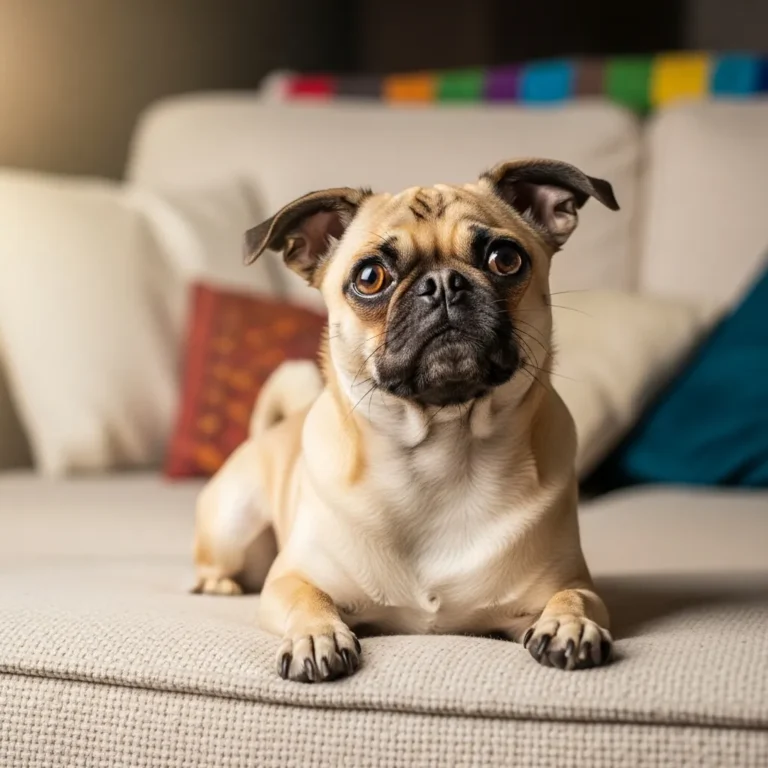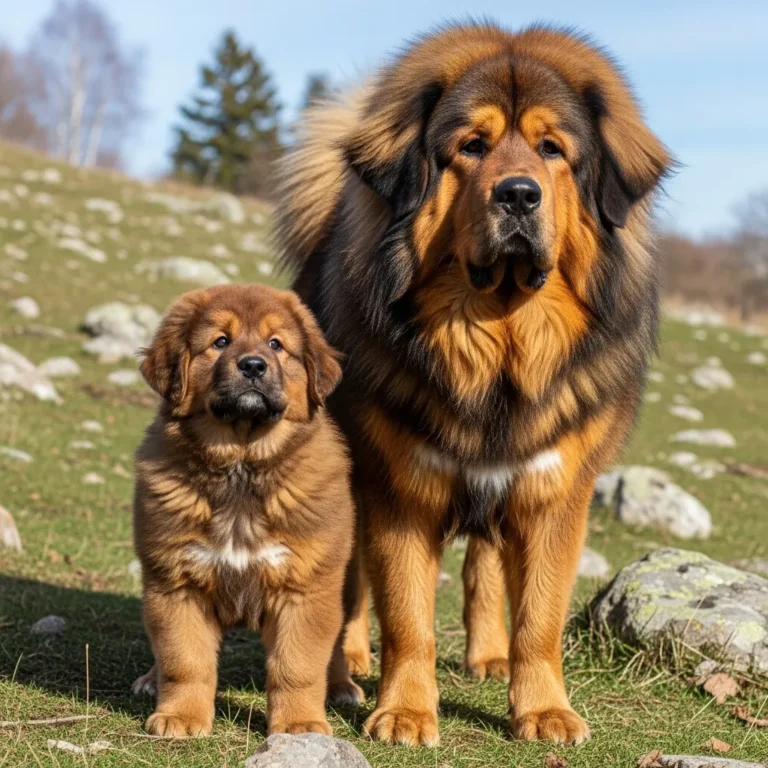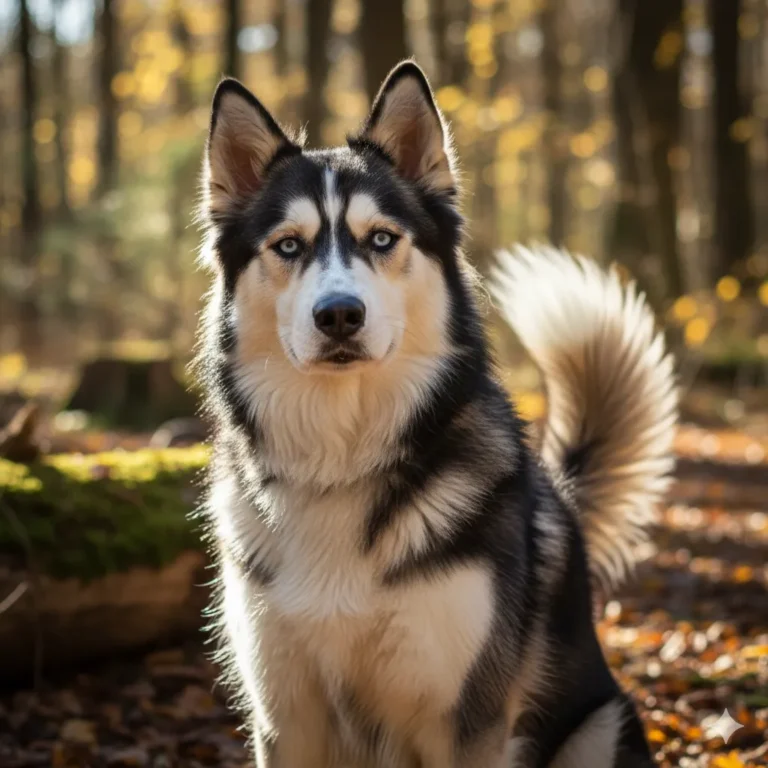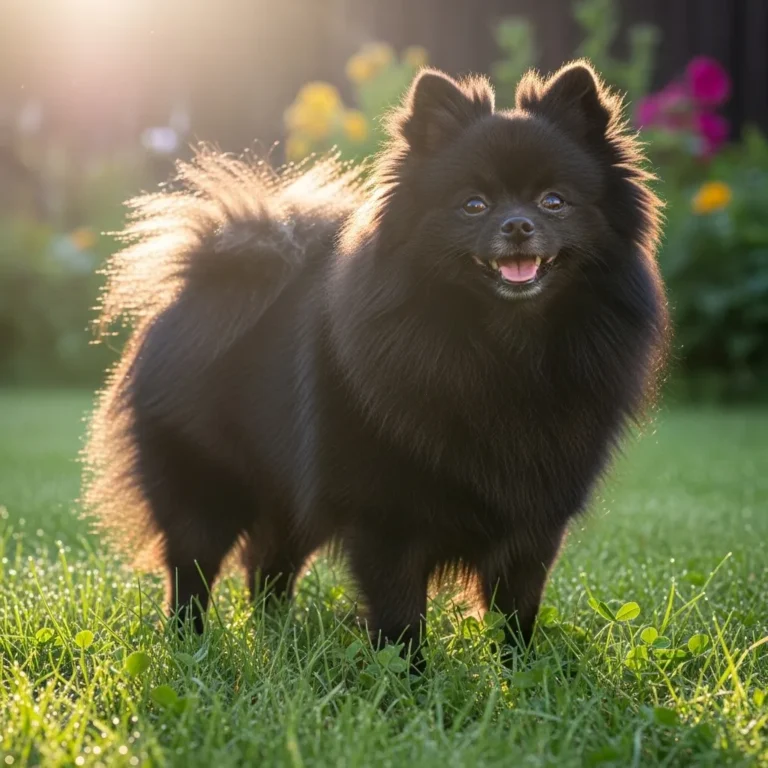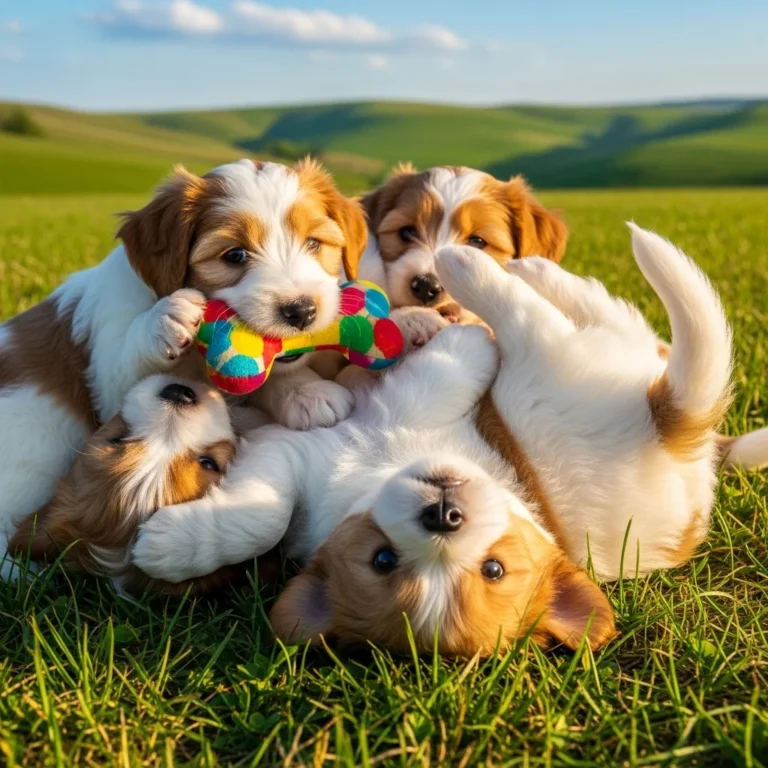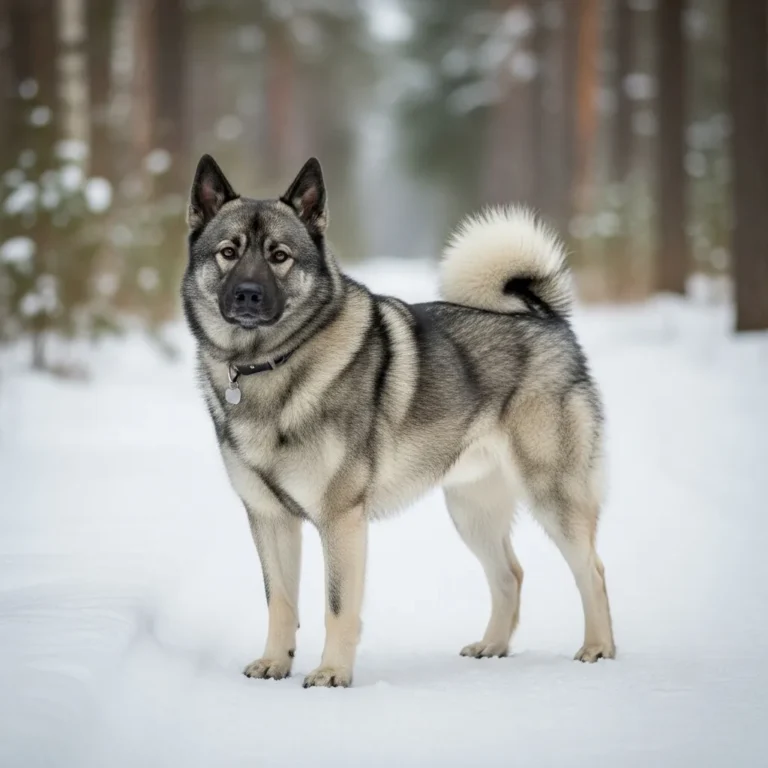
Author: DogsBlogSS Team
⚠️ Disclaimer: This article is for informational purposes only and is not a substitute for consulting a veterinarian.
Suitability & Temperament (Is This the Right Dog for You?)
Is the Norwegian Elkhound a good family dog?
Absolutely. Norwegian Elkhounds are famously loyal, affectionate family companions. They tend to bond with the entire household rather than choosing one “favorite” person. According to the American Kennel Club (AKC), they are “devoted and affectionate with families” and thrive when they feel included in daily life:
Elkhounds are typically gentle with children when socialized early, and they enjoy being part of the action in busy families.
They are protective without being aggressive, meaning they’ll alert you to strangers, but they aren’t naturally dangerous or reactive. For many homeowners, this is the perfect middle ground—loyal guardian, loving companion.
How much do Norwegian Elkhounds bark?
If you want a quiet dog, this breed will test your patience. Norwegian Elkhounds are vocal by nature. Historically, they were bred to bark continuously while holding moose or other large game at bay. AKC explains that their barking was a vital communication tool for hunters navigating dense forest terrain.
Translation:
They will bark at strangers…
They will bark at squirrels…
They will bark at new sounds…
And sometimes they bark simply because they’re excited.
PetMD points out that their barking is part of their working DNA and may be difficult to “train out.” Instead, consistent training and good exercise helps reduce excessive vocalizing:
If you live in an apartment with noise restrictions, this is likely not the breed for you.
Are they easy to train for first-time owners?
Yes and no.
Norwegian Elkhounds are extremely intelligent—but they also think independently. As Dr. Jennifer Coates, DVM, explains on PetMD, they are “free-thinkers” who enjoy analyzing situations on their own.
In simple terms:
- A Golden Retriever says: “Yes! I’d love to!”
- A Norwegian Elkhound says: “Hmm… what’s in it for me?”
They respond best to:
- positive reinforcement
- consistency
- short training sessions
- food rewards
- playful challenges
If you expect automatic obedience, this dog will frustrate you. But if you appreciate clever, spirited dogs with personality, training an Elkhound can be incredibly rewarding.
Can Norwegian Elkhounds be let off-leash?
Generally—no.
The breed has a powerful prey drive. When an Elkhound catches a scent, the rest of the world disappears. The Norwegian Elkhound Association warns owners that even well-trained dogs may bolt after wildlife without hesitation.
A high, secure fence is usually essential for safety. Off-leash walks are only recommended in fenced-in dog parks or fully enclosed areas.
Do they get along with other dogs and cats?
PetMD points out Elkhounds are typically friendly with other dogs, though males can occasionally exhibit dominance tendencies.
Cats are more complicated.
Some Elkhounds live peacefully with cats if raised together from puppyhood. But because they were bred to track and chase, many will instinctively pursue smaller animals—especially those that run.
The early socialization and controlled introductions are the best predictors of success:
Care, Grooming & Daily Life
How bad is the shedding?
In one word: intense.
According to PetMD and American Kennel Club:
The Norwegian Elkhound has a thick, weatherproof double coat designed to withstand the freezing tundra. According to PetMD, this coat sheds continuously and “blows out” twice a year—meaning the undercoat sheds massively over several weeks.
During shedding season, daily brushing is almost required.
Important notes:
- They are not hypoallergenic
- A fur-removal tool is your new best friend
- Bathing should be limited (too much shampoo strips natural oils)
If you love a spotless home, prepare yourself.
How much exercise does a Norwegian Elkhound need?
This is a high-energy working breed. They are built for endurance and stamina.
General daily needs:
- 45–60 minutes of vigorous activity
- Hiking, running, long walks
- Scent work
- Outdoor adventures
The AKC recommends structured exercise to avoid destructive behaviors. Without a good workout, an Elkhound may chew, dig, bark excessively, or act restless.
Can they live in hot climates?
They can, but only with precautions.
Their dense coat is designed to protect them from extreme cold, not heat. In warm or tropical climates, owners must:
- keep them indoors with air conditioning
- avoid midday exercise
- provide plenty of water
- walk only early morning or evening
Heat stress is a real concern, and owners must stay alert for signs of overheating.
Are they prone to obesity?
According to PetMD and American Kennel Club:
Yes—very much so.
The Norwegian Elkhound has a slower metabolism than many breeds of similar size. Combine that with their legendary love for food, and you get a recipe for quick weight gain.
According to PetMD, overweight Elkhounds suffer increased risk of:
- joint issues
- breathing problems
- decreased lifespan
Measure meals carefully, avoid free-feeding, and prioritize daily movement.
Health & Lifespan
What is the life expectancy of a Norwegian Elkhound?
Norwegian Elkhounds are hardy, resilient dogs with a life expectancy of 12 to 15 years, according to the AKC and PetMD.
Their robust constitution reflects a breed that has survived harsh Nordic climates for thousands of years.
What are the common health issues to watch out for?
According to PetMD and American Kennel Club:
While generally healthy, the breed is predisposed to certain conditions
Hip Dysplasia
A common issue in many medium-to-large breeds. AKC notes responsible breeders screen for this.
Progressive Retinal Atrophy (PRA)
A degenerative eye disease that can lead to blindness.
Sebaceous Cysts
Harmless but sometimes messy or uncomfortable.
Fanconi Syndrome
A kidney disorder more common in Elkhounds than many breeds. Reputable breeders test for this genetic condition.
Annual veterinary checkups and screenings are essential for early detection.
History & Breed Purpose
Why are they called “Elkhounds” if there are no elk in Norway?
The name comes from a simple mistranslation.
In Norwegian, the breed is called Norsk Elghund, which literally means “Moose Dog.”
In Europe, “elk” refers to the animal North Americans call the moose.
So the Norwegian Elkhound is, essentially, the “Norwegian Moose Dog”—a name that reflects their historic role in hunting large game.
AKC and the Norwegian Elkhound Association confirm that they were also used to hunt bear and wolf.
How old is the breed?
The Norwegian Elkhound is considered one of the world’s oldest dog breeds. Archaeological discoveries in Scandinavia reveal remains of similar dogs dating back as far as 5000 BC.
These norwegian elkhound breeds accompanied Vikings, guarded farms, and provided companionship during harsh winters. When you look at an Elkhound today, you’re looking at a breed that has remained remarkably unchanged for thousands of years.
Notice : The DogsBlogSS editorial team is dedicated to providing accurate, research-based information about dog health, behavior, and care. All our articles are fact-checked using trusted veterinary sources such as VCA Hospitals, Merck Vet Manual, and the AKC.
you may like it
